The battle at Cold Harbor was fought in central Virginia in and around what is now Mechanicsville (about ten miles northeast of Richmond)- the same ground the armies clashed over in 1862 during the Seven Days Battles. Contrary to its name, there is no harbor at Cold Harbor but rather a meeting of crossroads and a local hotel that provided shelter (harbor) but no hot meals. There were several small skirmishes in late May and early June while the armies were getting into position but the real battle didn't begin until June 3, 1864.
Historians say it is one of America's bloodiest battles- 17,332 men killed, wounded or missing- and an overwhelming victory for the Confederacy. What I found interesting was that despite being out-numbered, out-gunned and without food, the Confederate Army won the battle. Why? Their leader, General Robert E. Lee, knew the big picture (the terrain) and had a plan; the commanders and soldiers were obedient, better disciplined and had better communication to and from General Lee. As I reflected on this while walking through the woods where some of the bloodiest fighting occurred, I was reminded that those same things make the Christian "soldier" victorious in spite of overwhelming odds... believing God, who not only knows the big picture but is sovereign over it, being obedient to His word, self-disciplined in all things and communicating with God through prayer regularly.
It has been said that the American Civil War was both the last of the ancient wars and the first of the modern wars. Certainly this period of history saw many advancements- the use of hot air balloons for reconnaissance, submarines and torpedoes to name a few. Smooth-bore muskets were used by infantry soldiers but snipers (also called sharp-shooters) used rifled muskets to pick off enemy scouts, infantry and especially the soldiers who manned the cannons. The new and improved rifled muskets were reserved for snipers because of their accuracy- from a treetop or lying in a dug out pit, they could hit a target 500 yards away although the distances were usually much less.
Sadly, the photo doesn't show depth but a sniper's pit is right in the middle.
Not many soldiers had "bullet-proof" vests. Interesting that officer's vests were more expensive (33% more!) than those for a private...
One of the very knowledgeable park rangers we met answered my many questions about the cannons- or in Army-speak, the artillery. The Union Army had more cannons throughout the war because they had several cannon foundries compared with one the South had in Richmond. Eight men worked each cannon, drilling and practicing until they could do it in their sleep. Each man on a crew knew every other man's job as they were high-profile targets for the enemy.
This bad boy, knicknamed "Napolean" because French emporer Louis Napolean had supported the development of its design, had a range of about 1600 yards. The crew could prep, load and fire in less than a minute!
Cannons fired several different kinds of projectiles. Perhaps the one used most frequently and inflicting the most damage to people was the canister. The shot was packaged in a" tin can" and when fired, the tin can disintegrated spraying shot everywhere. It was like a really big sawed-off shotgun and was particularly lethal when used at a range of 250 yards or less. Interestingly, artillery fire did not account for the majority of deaths and injury- ordinary musket fire did.
The small ball in back and to the left of the Canister is a piece of shot. The Canister was filled with iron shot about the size of a large cherry.
Cannons were hitched to a two-wheeled carriage called a limber that was hitched to a team of six horses. Each limber carried one box of ammunition; additional ammunition and spare artillery tools were carried on a caisson. Caissons were also hitched to a limber and pulled by a team of six horses. Moving artillery around was neither simple nor quick. And once the cannons were in place, the horses had to be moved farther back, away from enemy snipers. The average age of an artillery horse was just eight months due to hard work, disease and enemy fire.
A limber (left) carried one box of ammunition which the driver sat on. A caisson (right) carried two or three ammo boxes and spare parts.
Trench warfare (a military strategy) was first used by Americans during the Civil War and by the Cold Harbor Battle, it had been nearly perfected, especially by the South. Soldiers dug trenches with whatever they had- shovels, cups, spoons, even their hands. Amazingly, the trenches, although shallower, are still visible nearly 150 years later. Walking beside the long line of trenches, it's not hard to imagine thousands of men lying cramped together waiting for the enemy to approach. At this battle, the Confederates were deeply entrenched and "let" the Union Army come to them. It proved to be a costly mistake for the Union. In his memoirs, General Ulysses S. Grant said, "I have always regretted that the last assault at Cold Harbor was ever made... no advantage whatever was gained to compensate for the heavy loss we sustained."
While the trenches are intact, the landscape, unfortunately, is quite different now. At the time of the battle, trees were much more sparse (for example, not in the middle of a trench!) and there was little or no undergrowth as livestock kept it chewed down.
This was the fourth Civil War battlefield we've visited this year and each one has given me a different glimpse of our country's history in general and the Civil War in particular. The more I learn about this bloody war, the more questions I have!
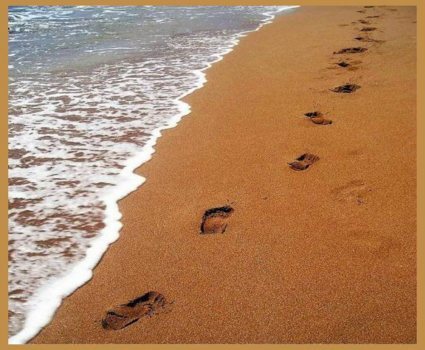

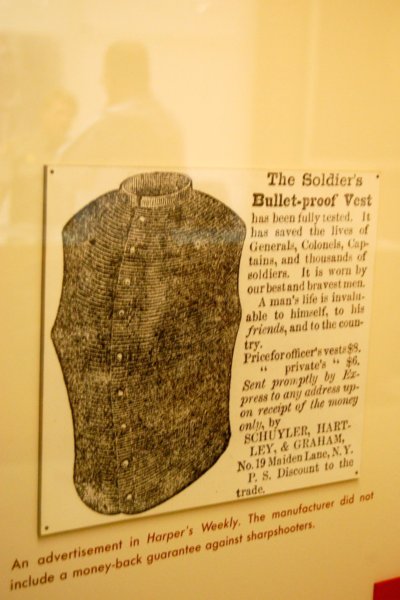
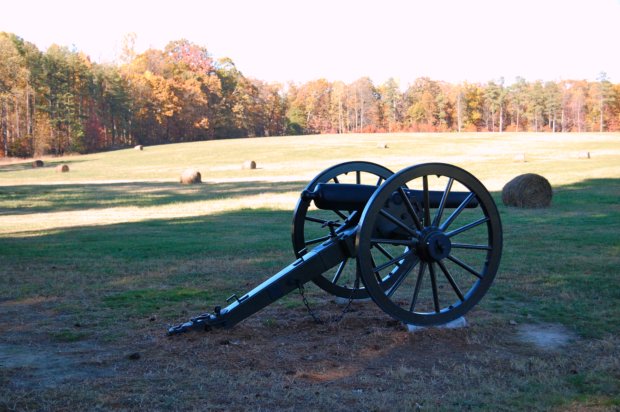
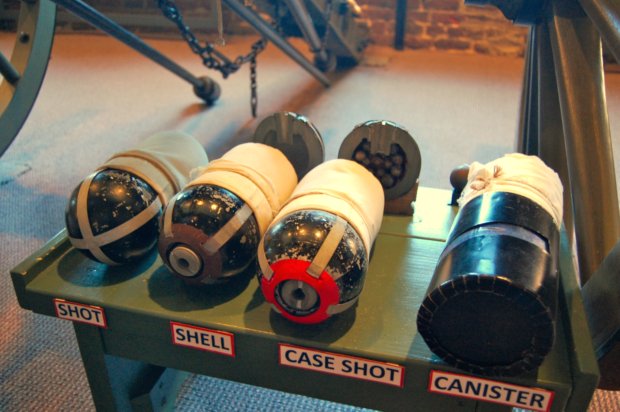
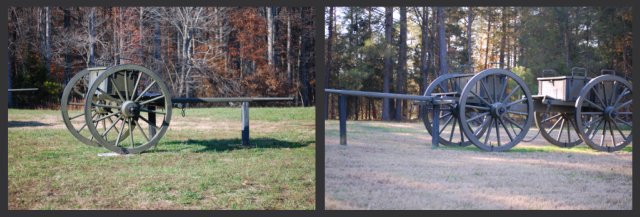
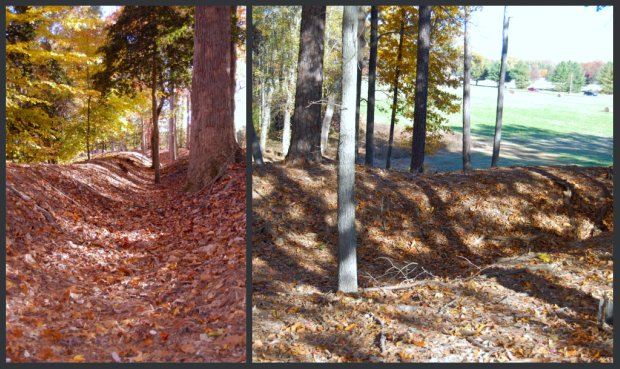
No comments:
Post a Comment